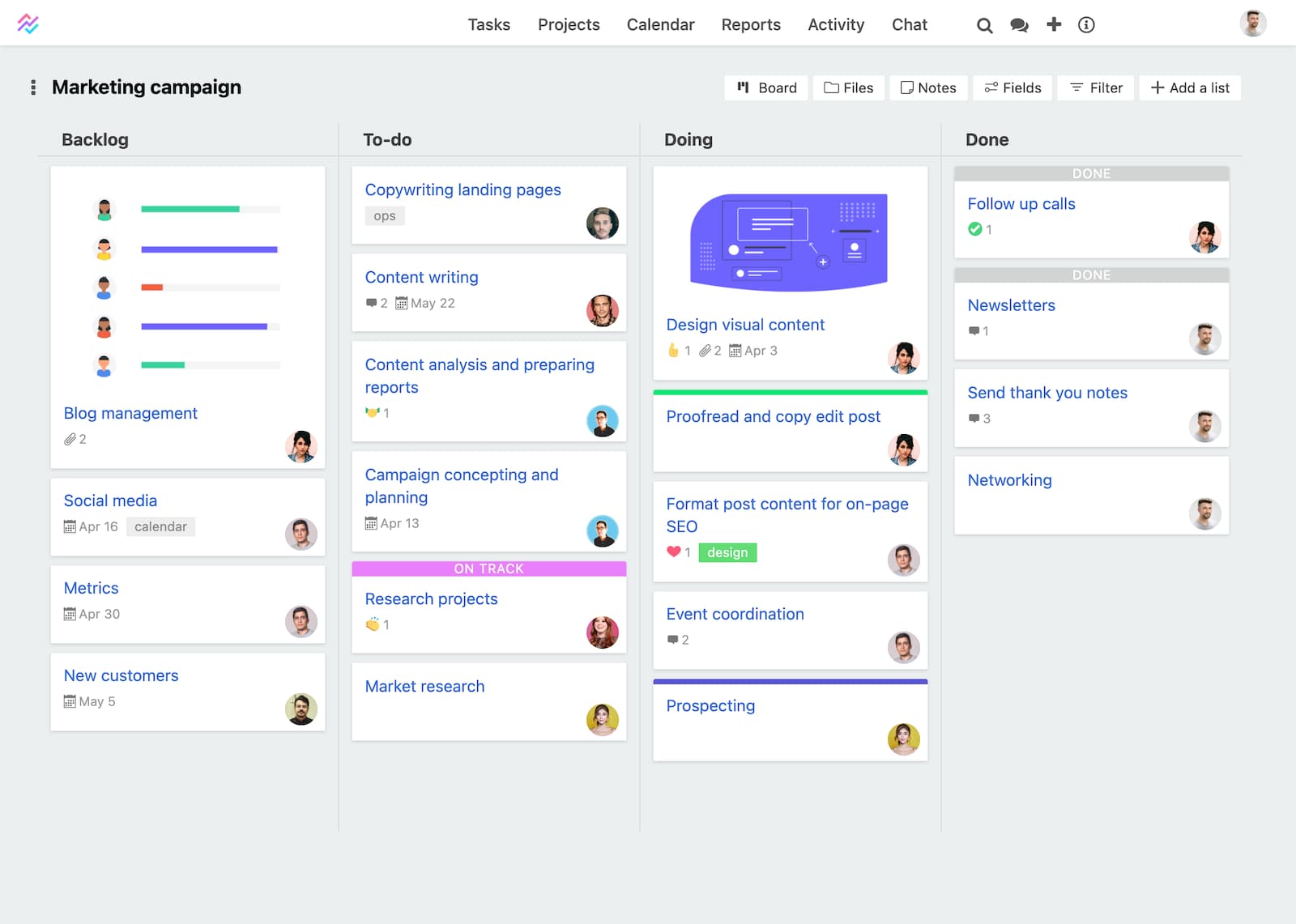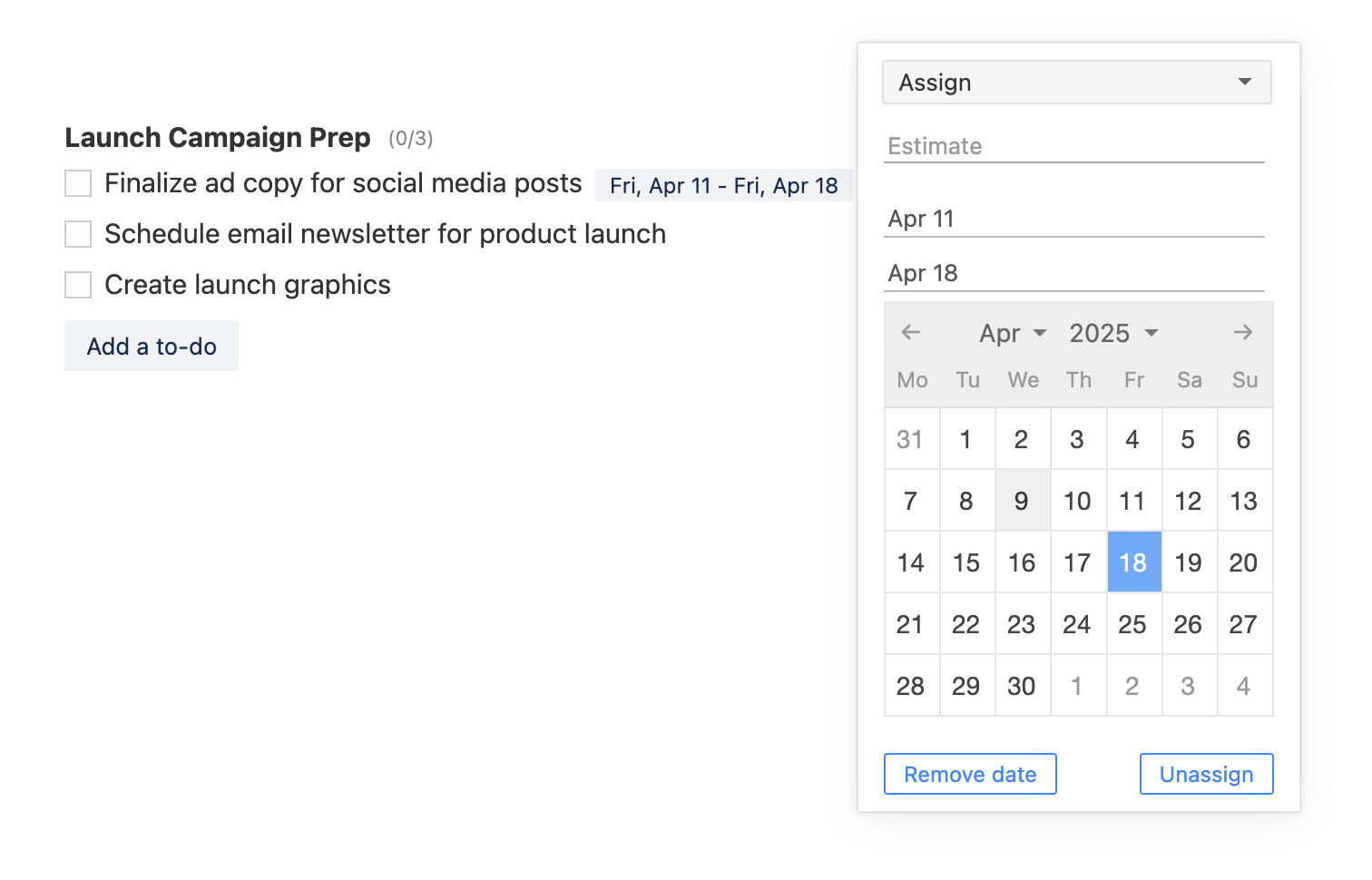How to write an executive summary for projects
Writing an executive summary for project management is a considerable task. You want to make sure you get it right the first time.
For example, the content must flow well. It must also have a clear purpose, but how do you assure that purpose aligns with the needs of your project and organization? Also, your executive summary must fulfill stakeholder requirements.
Here, we’ll cover what makes for an excellent executive summary format for project management. Keep reading to learn more about how to write an executive summary for your next project.
1. What is an executive summary for project management?

It helps to have a clear understanding of why you’re writing an executive summary. In many instances, the decision-makers who read the report will only consume that document as it relates to your project.
Some may venture further. Still, they’ll employ your executive summary as a guide. With this in mind, your executive summary will serve as an entire report for certain key decision-makers.
It’s critical that you keep your executive summary concise. Also, you must make it easy to understand. It’s equally as important that you make your executive summary is memorable.
Before you start your executive summary, however, you’ll need to develop your key messages document. We’ll have a closer look at the differences between an executive summary and your key messages document in a moment.
2. Benefits of a good executive summary

You might wonder why you should write an executive summary. It’s understandable to believe that a project plan will suffice.
Again, not everyone has the time to read through a full project plan. Often, busy executives need details at a glance. If you want execs to approve your project, you need to highlight your goals and why they matter.
Project management tools like Breeze can help you capture critical details about your project. These details will provide clarity for your team. Everyone will know who’s doing what and when it needs to get done.
On the other hand, your executive summary isn’t necessarily for improving teamwork among project participants. It’s for stakeholders who need quick insights and answers about why your project is important.
The payoff
If you develop an effective executive summary, your stakeholders can easily get the big picture of your project. It will cover all the important points. They won’t need to dive into the details of your project to figure out what matters.
Your executive summary will, however, give them the opportunity to seek more information. They can use your executive summary to access the project plan. Alternatively, decision-makers can easily browse tasks that you’ve built in your work management tool.
3. Key executive summary elements

The introduction of your executive summary will tell the heart of your story. These are the points that really count.
You must drive these points home in the first two sentences. These statements will drive home the purpose of your executive summary and establish your theme.
You must also briefly explain the problem that your project will solve. Here, you’ll identify key concerns.
You’ll follow the analysis with the findings that followed your research. In this regard, you want to write a brief action list, not a lengthy thesis.
Your conclusion will reiterate your theme. Here, you’ll summarize how your project will resolve the problems of your theme in one or two brief sentences.
You must clearly define your theme. A theme makes your executive summary distinctive. It will also help you to stand out.
Information to include
Your executive summary should include three kinds of information. This information includes:
• Key context
• Key data
• Key findings
Key contacts tie directly to why your report matters. Key data is information vital to your findings. Meanwhile, key findings are your recommendations for action.
During your research, you most likely uncovered a great deal of context, data, and findings. The important thing is to stick with these key bits of information.
4. Staying focused

Your executive summary should hit the big points in broad strokes. It’s important for you to choose your big points carefully.
You’re going to have to explain why they’re important. Once you choose your big points, you’ll need to stick to your big points, and your big points only, in your executive summary.
Nearly everything else can go in your project report. However, you may need to include a few points that should go in your project report in your executive summary for the sake of diplomacy.
Including the right information
There’s another important thing that you’ll need to include in your executive summary, links to other details.
Your executive summary should link to relevant details that are deeper in your project report. In this way, your audience can use your executive summary like a table of contents.
5. Addressing your audience

Again, some decision-makers will want more details. However, everyone will read your executive summary beforehand.
You must also think about the needs of your overall audience as you compose your executive summary. In this regard, there are a few vital things your executive summary should contain.
The introduction of your executive summary should have an overview of your problems and solutions. This overview enables those who want to understand the overall point of key sections at a glance to do so.
Again, you’ll have those who want to drill down into deeper details. For these individuals, a table of contents is helpful. You must also include actions that readers may want to pursue.
Establishing overarching goals
As you work through your executive summary, remember that you’re trying to accomplish these tasks in the shortest time possible. At the same time, you want your summary to have the greatest possible impact.
Lengthy text works against you in an executive summary. As your summary gets longer, each point gets weaker.
You must edit your executive summary mercilessly. If you have limited time and resources, you’ll want to focus your energy on this area.
6. Establishing the correct tone

An executive summary mirrors a key messages document in many ways. Key messages provide key context, data, and findings. If you don’t have these features in your key messages document, you most likely need to build it out more.
It takes time to make sure that your executive summary mirrors your key messages document. Your executive summary and key messages document will take up the bulk of your time in authoring your project presentation.
The executive summary and key messages document are very closely related. Yet, they’re not identical.
Elemental writing differences
Your key messages document focuses more on stories, context, and examples. You must craft your key messages document to have a strong emotional impact.
Conversely, your executive summary will be more succinct. It’s a more analytical and factual document.
It also has more detail. Moreover, it flows logically from point to point with gentler transitions.
7. Strategizing the perfect executive summary

As you edit your executive summary, as with project management, there are a few mistakes you’ll want to avoid. For instance, you could decide not to create a separate key messages document. Still, you’ll want to approach writing your executive summary in the same way.
In other words, don’t write your executive summary as an afterthought. Work out the key points of your executive summary while you’re writing the body. These points will shape your executive summary.
In general, there are a few attributes that you should consider for your executive summary.
Summary length
Your executive summary should only consist of about 5% of your project management report. Imagine that your entire project management report is 20,000 words.
In that case, your executive summary should not exceed 1,000 words. In fact, a 500-word executive summary is perfectly fine for a document of this size. Likewise, your executive summary would not exceed 2,500 words for a 600,000-word project management report.
Summary tone
You must use the appropriate tone for your audience when composing your executive summary. You need to think about how much technical language your audience understands. You want to eliminate technical terms that your general audience might not know.
Still, you want to create a vivid executive summary. It should present your key points in a way that’s memorable. Your executive summary should also drill down into the body of your report.
You must also make sure to keep your report engaging. You must find ways to avoid dryness and lack of style to keep your report interesting.
Summary structure
Again, you want to organize your executive summary around your key messages. For instance, you might use your key messages for your chapter headings. Alternatively, you might center your recommendations around your key messages or some other part of the structure of your executive summary.
In either case, it’s important to keep your executive summary aligned with your key messages document. Your executive summary forms the basis of your project.
Furthermore, your executive summary should reflect the organization of your project management report. Here, remember to keep it brief. You may have 72 key points, but you must focus on the main ones to keep your executive summary brief.
8. Things not to do

You may have a lot of passion for the project that you want to promote. Nevertheless, it’s critical that you do not overstate or overdramatized facts in your document.
It’s tempting to do so to make your points look stronger. However, your audience will spot embellishments easily.
Unfortunately, embellishments will have the opposite desired effect. They’ll devalue the statements in your executive summary. Even worse, they can make you appear unprofessional.
9. Things to do

There are a few other things that you should consider if you want to compose an airtight executive summary. For example, use subheadings naturally throughout the document. Your subheadings should tell the core of your story.
Also, add page links to your document wherever possible. Links make it easier for readers to interact with the body of the text.
If you’re presenting a PDF copy of your executive summary, you can use a tool such as Adobe InDesign to add links. If you present it using a Word file, however, you can easily add links to headings and subsections as needed using the program’s native link tools.
Polishing your executive summary
Once you’ve completed your executive summary, you must proofread it. Furthermore, you should proofread it repeatedly until you’re positive that it’s 100% error-free.
Your executive summary is the introduction to your project plan. Any errors in it will hurt your presentation tenfold.
Also, make sure that your summary contains all your key messages. Check it against your key messages document if you composed one. If done correctly, a coworker can easily use your executive summary to compose a thorough five-minute spoken presentation based on your document.
10. Managing the project effectively

We hope that our brief overview will have you well on your way to writing highly effective executive summaries for project management. Once you’ve mastered composing executive summaries, however, you’ll need a sharp tool for managing your team. We have the solution.
Breeze is just what you need for intuitive project management. What’s more, our project management software makes it easy to share critical information with important stakeholders.
Learn how easy it is to manage projects with Breeze. Please feel free to claim your free trial today.








